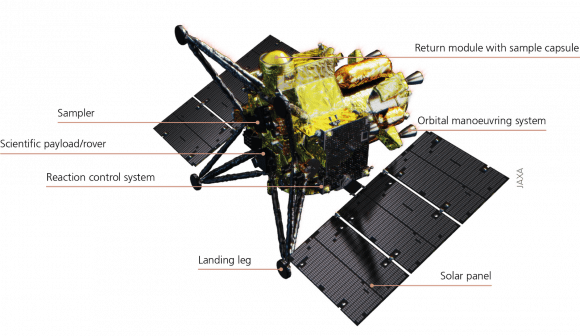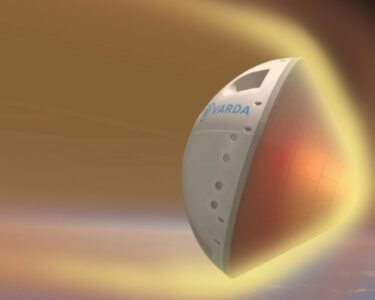Have you ever heard about Phobos’ surface? No, then this blog is just for you! Let’s uncover some crisp information, and see the recent findings.
Where Does the Phobos Surface (Mars’s Moon) Come From?
There are many robots currently in space, orbiting or on Mars. These robots are trying to learn more about Mars, its history, and if it ever had life.
But there’s another question about Mars: Where did its two moons, Phobos and Deimos, come from?
Some scientists think these moons used to be asteroids trapped by Mars’ gravity. However, not everyone agrees. The Martian Moons Exploration (MMX) mission hopes to answer this question.
JAXA Efforts for Finding the Origin of Phobos Surface
The mission is a team effort by the Japan Aerospace Exploration Agency (JAXA), the German Aerospace Center (DLR), and the French National Center for Space Studies (CNES).
These three groups made a promise to work together on the MMX mission at the Paris Air Show. The DLR and CNES will provide a robot called IDEFIX. This robot is almost finished and will be ready by the summer of 2023.

Are Phobos & Deimos Asteroids? Let’s Find Out!
The two moons, Phobos and Deimos, have odd shapes because they are small. This makes them look like asteroids. Some people think they used to be asteroids from the Main Belt pushed by Jupiter’s gravity.
This could have sent them to Mars, where gravity pulled them in. However, this theory has some things that could be improved.
Another idea is that Phobos and Deimos are leftovers from a big impact on Mars. The MMX mission hopes to solve this mystery by studying the moons and bringing back samples from Phobos.
Did the Phobos Surface Originated from Mars? If Not Then What is the Reason?
If Phobos and Deimos came from Mars, their surfaces would be similar to Mars. Samples from Phobos could even contain bits of Martian rock that got kicked up by asteroid impacts. These samples could tell us more about Mars’ history. The MMX spaceship is planned to launch in 2024, and the robot will land on Phobos later in the decade.
Three Significant Modules of MMX Spaceship:
The MMX spaceship has three parts: the power module, the research module, and the sample return capsule. The IDEFIX robot will be on board the research module. The research module and sample return capsule are connected to the power module. The design for MMX is complete, and the team has started building and testing it.

After flying for a year, the MMX spaceship will orbit Mars. It will use eight scientific tools to map and study the Phobos surface and Deimos. When the spaceship gets close to Phobos, it will send the IDEFIX robot to the surface. The robot will then spend three months studying the moon.
Role of IDEFIX Robot to Know More About the Phobos Surface:
The IDEFIX robot is almost ready. It has been fitted with all its sensors and parts, including solar panels, a power system, a computer, radio devices, and scientific tools. These tools will help the robot study the heat and minerals of Phobos. The robot is also being tested to ensure it can handle the harsh conditions of space and the surface of Phobos.
The system that connects the robot to the spaceship and manages its launch is also being tested. A system also lets the spaceship talk to the robot and send data back to Earth. Before the robot is sent to Mars, it will undergo more final tests. This will make sure it is ready for its big journey.





